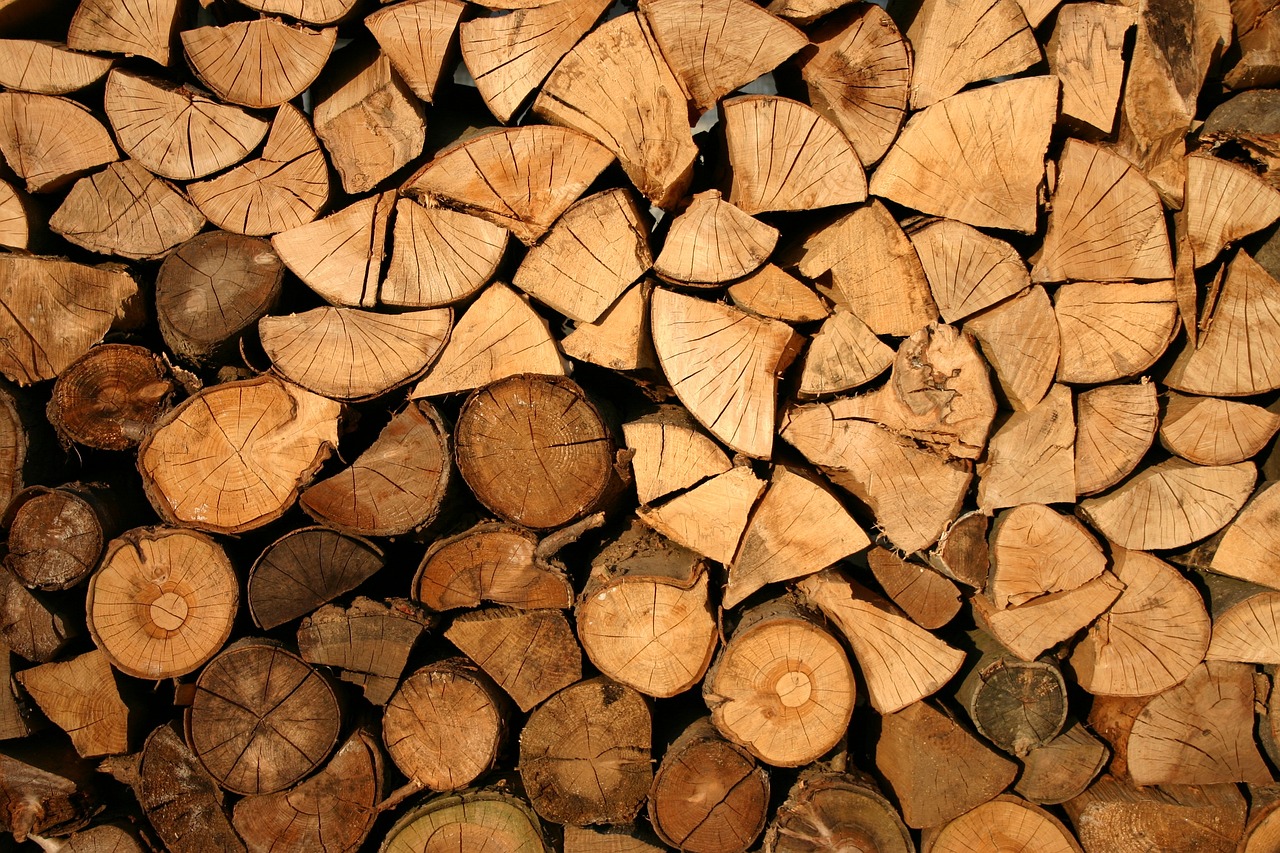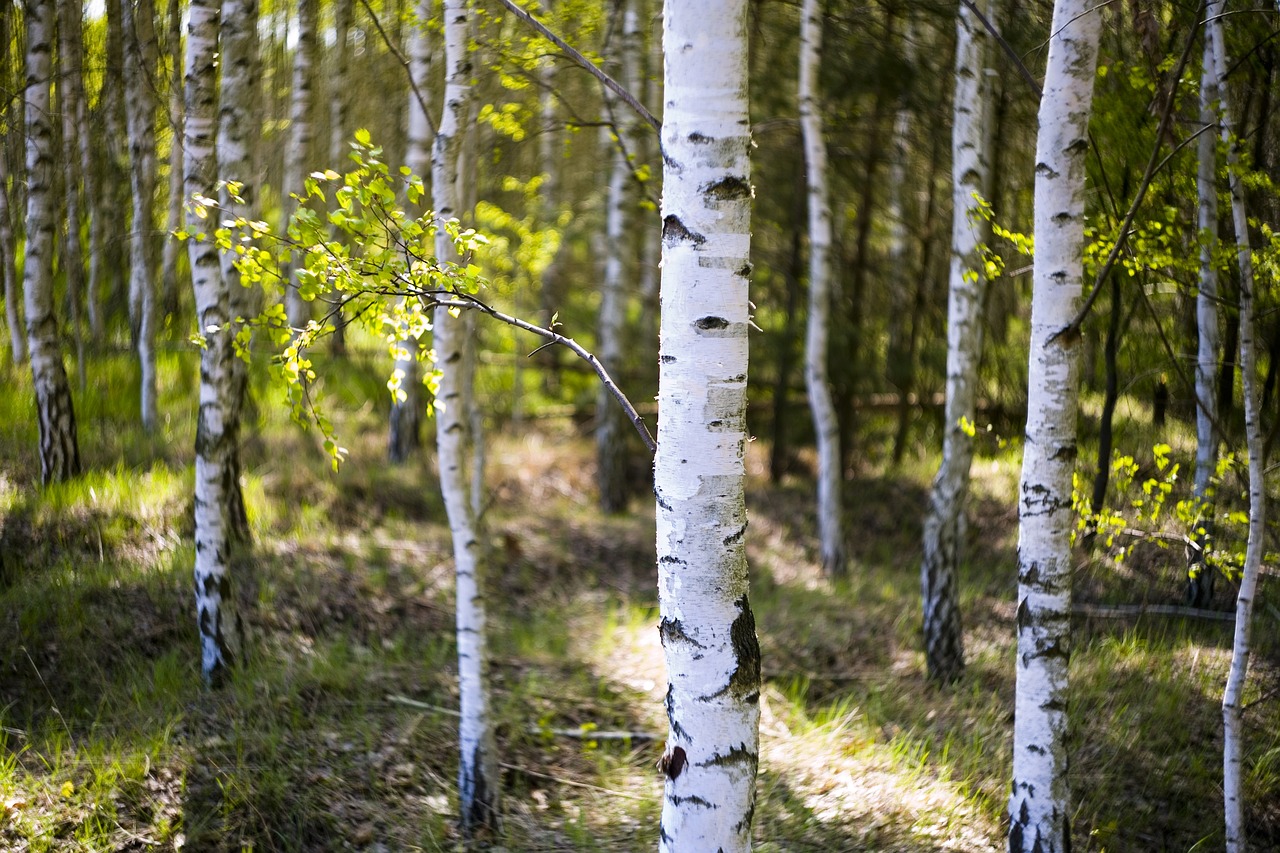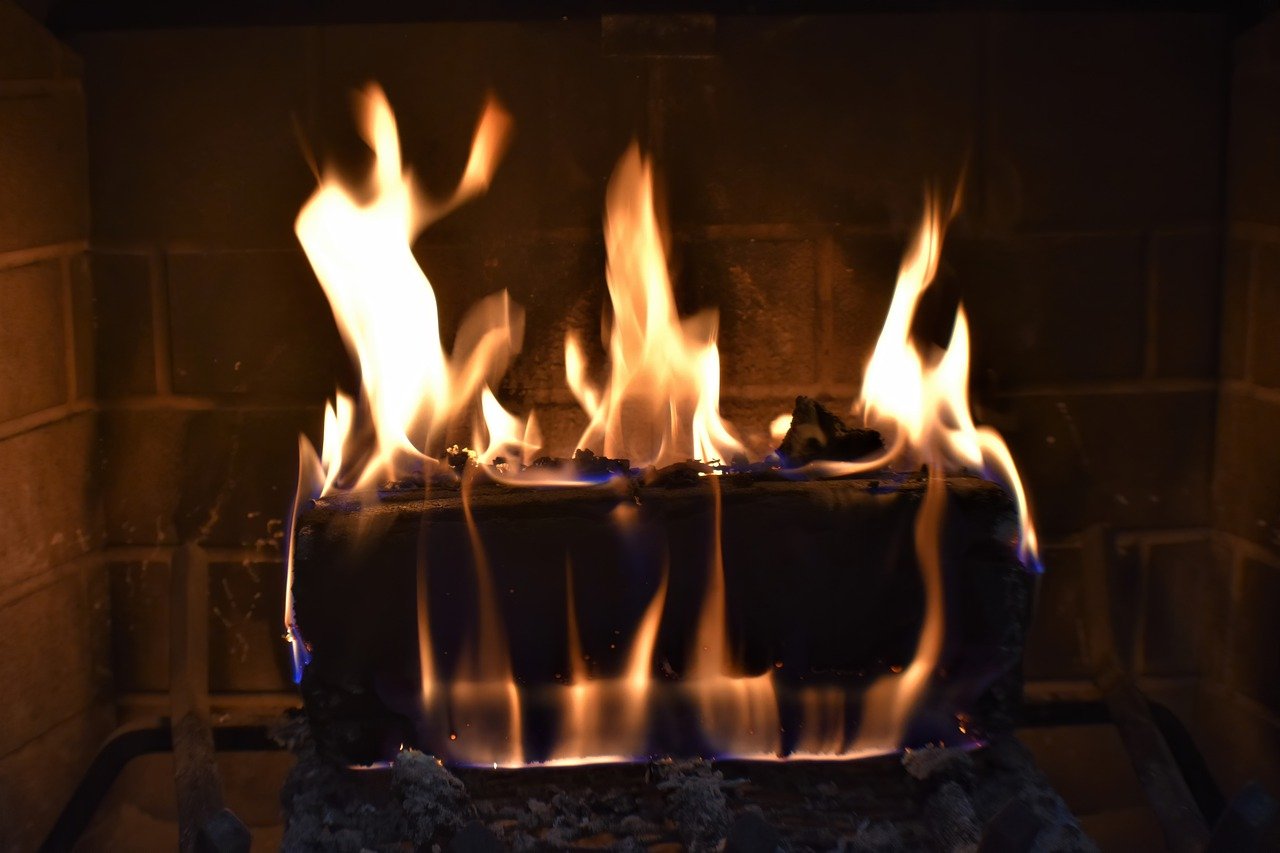The best place to store your kiln dried logs is indoors. Indoors provides a warm and dry environment, keeping your logs dry and ready to use. If you have limited indoor space, you may be asking if you can store your kiln dried logs outdoors. The answer is Yes, but there are important factors to take into consideration when storing your logs outdoors.
Tips to Storing Kiln Dried Logs Outside
Not every home has space indoors to store your kiln dried logs, especially if you have purchased in bulk to see you through the winter months. You can store your logs outdoors, but you need to ensure you keep them dry. Here are our tips on storing kiln dried logs outside for the best results.
Location
Now that you have determined you do not have the indoor space to store your kiln dried logs, you need to choose the best storage location. You want to ensure your logs are protected as much as possible, especially from the rain. They need to be on a flat surface.
That being said, kiln dried logs can handle a small amount of rain, but not a heavy and consistent downpour. If you know the wind blogs in your garden in a specific direction when it rains, then ensure you choose an angle that will protect your logs. Remember these logs have been dried over a period of days at high heat in a kiln. They are made to provide you with consistent high heat output, little smoke, and excellent efficiency. Wet logs are not doing to perform at optimum, so always choose your outside location with care.
Stacking
Stacking your logs needs some care and attention to detail. Do not leave them in a heap. Always stack the logs neatly, away from any walls or fencing. By stacking your logs neatly and tightly together, you ensure only the top layer of logs will get wet should you have heavy rains.
Do not stack your logs directly onto grass, or leave them in a messy heap. This will leave them getting wet, while absorbing water from the ground. If you have to put them on grass, be sure to put down a barrier to reduce the risk of them absorbing the moisture from the grass or soil. Ground barriers can be a pallet or some wooden beams.
Circulation is Important
Logs need a good air flow to remain dry. As a result, never stack your logs tightly against a wall, for example, as air will not be able to flow freely around them. If you have chosen to cover your logs with tarpaulin, ensure you leave some areas open, do not cover them completely. By covering them completely, you reduce air flow around the wood. Any tarpaulin or plastic sheeting should be a temporary measure in bad weather that can be removed when the sun comes out.
Indoor Storage is Best
As mentioned above, the best way to store your kiln dried logs is inside. If you don’t have the space, consider a small area inside your home where you can bring in some logs for a period of time before using them. By removing logs from outdoors and bringing them inside, you help reduce any moisture. You can store them in a log basket, on your covered patio, or in a conservatory for a day or two before use.
Conclusion
Kiln dried logs are environmentally friendly, efficient, and long burning. Just because you are concerned about how to store them, should not impact you buying them and enjoying the benefits they provide. Following the above guidelines for outside storage can ensure you enjoy excellent heat output, less smoke, and less ash when keeping your home warm this winter season.





